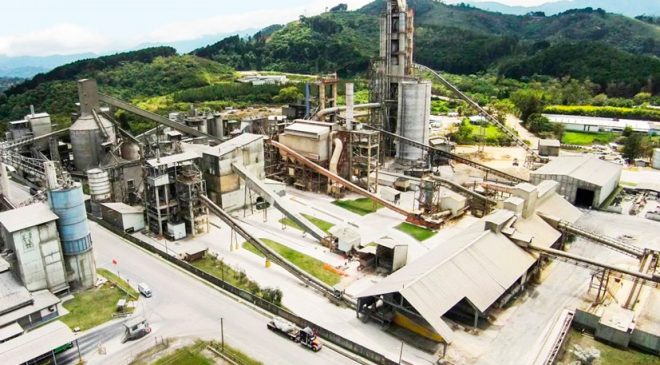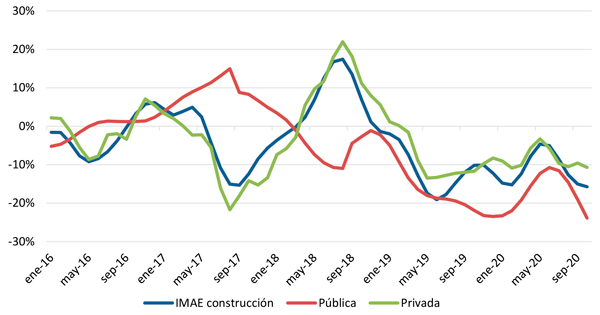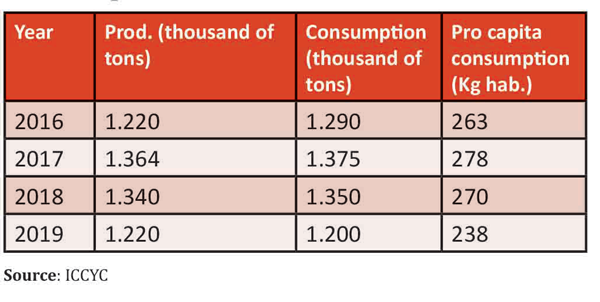By Mauro Nogarin

Costa Rica is currently being affected by low economic growth and a high level of unemployment due to the COVID-19 pandemic. In short, this situation continues to slow down the growth of the national manufacturing industry, the real estate market and public works. Only the private sector has the capacity to keep cement consumption at acceptable levels.
One of the biggest problems in Costa Rica is the heavy indebtedness, which in 2021 will reach 74.8% of GDP, according to the International Monetary Fund (IMF). This situation prevents the development of a plan to strengthen the construction industry, both in the public works and the possibility of implementing a plan to activate the private housing construction sector. Although IMF forecasts predict an economic growth of 2.3% of GDP for 2021, the financial situation of Costa Rica in general will not change.
According to the November report from the Costa Rican Chamber of Construction (CCC), public construction showed growth from May to October 2016, and then decreased slightly from November 2016 to February 2017. Subsequently, public construction showed significant growth levels from March 2017 to March 2018. However, as a result of a general economic slowdown that began in February 2018, public construction has shown a constant decline since March 2018, which continues today. Particularly as of October 2020, public construction decreased by 23.9% year-on-year (-21.9% a year earlier).
The new technical report from the Central Bank of Costa Rica also confirms this trend, stating that the construction sector decreased 15.7%, both due to lower private construction and the stoppage of public works. In the first case, the decrease in residential and non-residential construction was affected. The construction of public works decreased due to the lack of approval of aqueduct and sewer projects. As such, construction in Costa Rica accumulated 23 months of contraction.
Futher, cement producers have been affected by the enactment of Law 9829 in August 2020, which established a 5% tax on the sale and self-consumption of both locally and imported cement.
According to the Costa Rican government, the legislation’s objective is to eliminate distortion in the market. Previously, the tax was only applied to cement producers in Guanacaste, Cartago and San José. The revenue from the tax in the aforementioned provinces is used to finance infrastructure works.

For years, the supply of the cement market in Costa Rica was made up of only two large companies, Holcim and Cemex, where both have their own subsidiaries in the country.
However, in 2018, a third company entered the market. With an investment of $17 million, Cementos Fortaleza and Plycem built a plant located in the town of Esparza, in the province of Puntarenas.
The portland cement price index prepared by the CCC throughout 2020 has remained unchanged, thus providing a certain stability of the construction market in general, considering the current situation of the domestic market.
As can be seen in the table below, cement production, after registering an increase of 11.8% from 2016 to 2017, the following year already began to decrease slightly by -1.76% until reaching 2019 with the same production as three years ago.
The same trend can be observed in terms of pro capita consumption, which went from 263 kg in 2016 to 238 kg at the end of 2019, with a negative variation of – 9.51%.
Cement production in Costa Rica

According to data from the Central American Economic Integration Secretariat (SIECA), from January to June 2020, cement imports in Costa Rica decreased by 69% compared to the same period of 2019, reaching only $2 million in monetary terms.
Mauro Nogarin is Cement Americas’ Latin American contributor.



